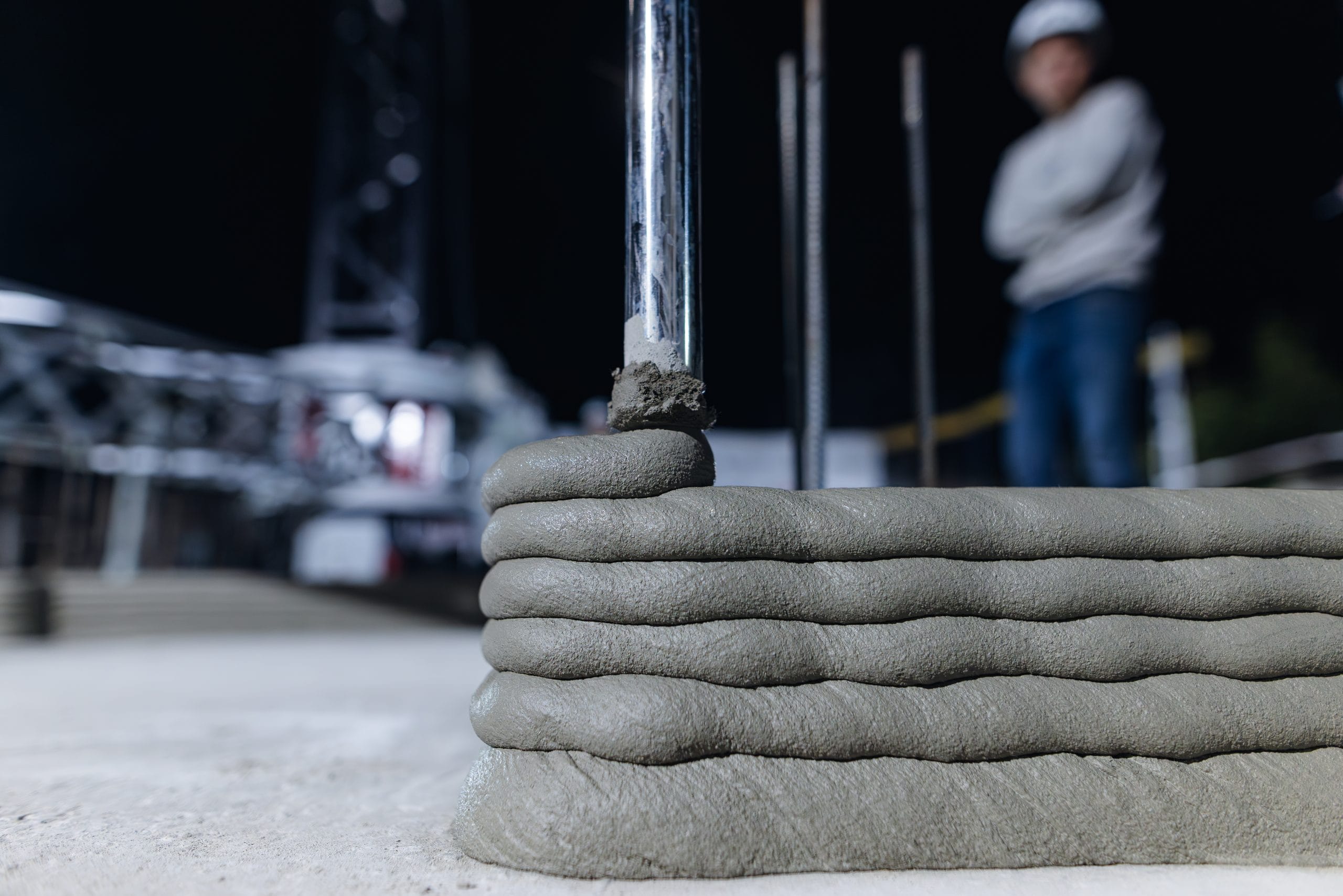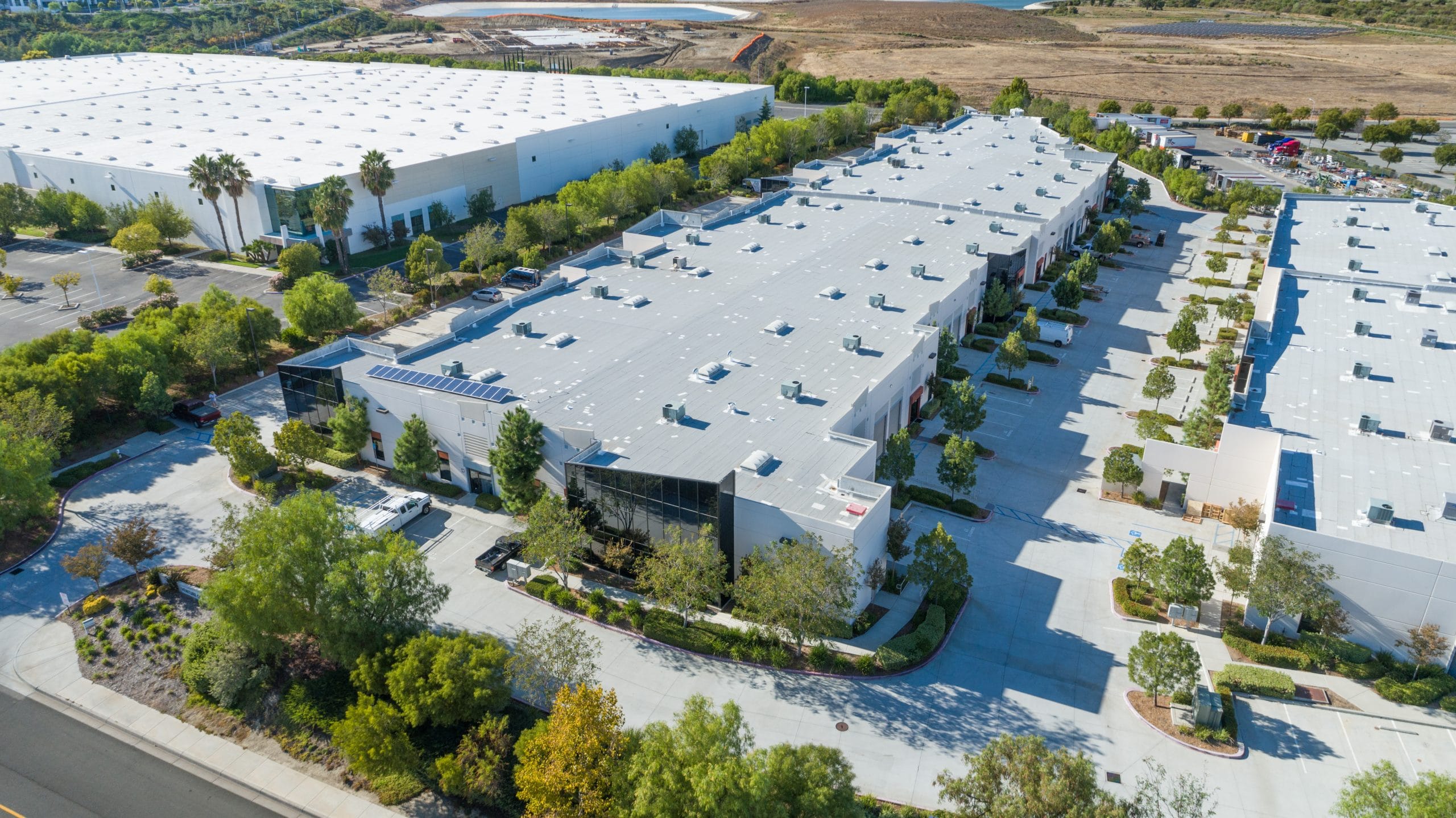


How 3D Printing Is Transforming Home Construction

Interest in 3D Printing has expanded far beyond prototyping labs and novelty products. The construction sector, especially residential housing, has become one of the most compelling environments for additive manufacturing innovations. As housing demand rises and skilled labor shortages widen, a growing number of industry leaders are experimenting with automated printing systems to create durable, energy efficient, and architecturally flexible homes. Entrepreneurs and business owners are increasingly watching this shift because the technology signals a multi dimensional expansion of opportunity across real estate development, construction operations, and manufacturing.
The movement is driven not by hype but by measurable advances in printing hardware, material science, and robotics. While residential construction has traditionally depended on manual labor, repetitive tasks, and sequential project timelines, additive manufacturing offers an alternative layout that is faster, more predictable, and far less waste heavy. These advantages have created new pathways for large scale builders, startups, and material suppliers to rethink how homes can be designed, financed, and delivered. The shift is especially relevant for investors and entrepreneurs who evaluate the margins and scalability behind emerging technologies.
The Technology Behind 3D Printed Homes
Modern 3D Printing in construction typically relies on large robotic systems capable of extruding layers of specialized concrete or mortar. This extrusion process builds the home’s walls directly from a digital model. The precision of these systems has improved significantly over the past decade, partly due to advances in automated control systems and material consistency. Instead of relying on a crew to manually shape each structural component, the printer follows exact software instructions, repeating them with uniform quality. This creates repeatable results across projects, something that has always been a challenge for traditional methods where variables such as weather, fatigue, and craftsmanship can change the outcome.
Materials used in 3D printed homes vary across manufacturers. Some companies develop proprietary mixtures that offer faster curing times, stronger bond strength, or improved thermal performance. Firms such as ICON have gained attention by producing concrete mixes engineered specifically for printing applications, emphasizing durability and long term weather resilience. These mixtures allow printers to move continuously without delays, increasing productivity and reducing errors.
The software behind additive construction is just as important. Digital modeling tools allow designers to create curved walls, rounded corners, or nontraditional layouts at no significant increase in cost. In traditional construction, unusual shapes often drive up labor and material expenses. With printing, the cost difference is minimal because the printer follows a digital design regardless of its complexity. This unlocks an entirely new category of architectural possibility where aesthetics no longer depend on a skilled artisan recreating complex shapes by hand.
Speed and Cost Advantages
One of the primary reasons 3D Printing has captured the attention of developers is the dramatic improvement in project timelines. A structural shell that may take weeks to complete using standard methods can be printed in a matter of days, sometimes even hours depending on the size of the project. For entrepreneurs evaluating the economics of residential construction, time efficiency translates directly into higher project turnover and lower carrying costs.
Reduction in labor is another factor, though it has its nuances. While additive manufacturing does not eliminate labor entirely, it shifts the workforce from manual physical tasks to technology oriented roles such as equipment oversight, material preparation, and post processing. Companies like PERI in Germany have demonstrated that training crews to operate 3D printers can increase productivity without sacrificing quality. This shift reduces physical strain on workers while opening opportunities for new technical roles in a sector that has struggled to attract younger talent.
Material efficiency is also a notable benefit. Traditional construction methods result in significant waste due to off cuts, misalignment, and adjustments made onsite. A printing system uses only what the digital model specifies, resulting in cleaner sites and less disposal cost. Over time, these savings accumulate into attractive margins that appeal to real estate investors and developers searching for predictable, scalable construction systems.
Sustainability Benefits Driving Adoption
Sustainability has become a major point of attention in housing, especially as regulators, buyers, and corporate leaders pursue greener construction practices. Additive manufacturing supports these goals in several ways. First, the precision of 3D Printing reduces unnecessary material usage, which decreases environmental impact and lowers dependency on resource heavy materials. Second, the process often produces structures that have uniform thickness and fewer gaps, improving insulation and reducing long term energy consumption.
Some companies are developing printing processes that use recycled materials or low carbon cement alternatives. For individuals with an interest in sustainable business models, these innovations create a pathway to differentiate themselves in the market. A company such as Mighty Buildings has experimented with composite materials that are lighter and more environmentally friendly than conventional concrete mixtures, demonstrating that sustainability and structural strength can go hand in hand.
In many regions, policymakers are also considering incentives for builders who incorporate greener methods. This creates opportunities for both emerging companies and established construction firms who adapt quicker than competitors. As sustainability becomes a priority for municipalities and homeowners alike, firms that integrate additive manufacturing early may gain a competitive advantage in markets that reward eco conscious building practices.

New Business Models in Residential Construction
3D Printing has opened the door to a wave of new business models in the housing sector. Some companies specialize in the hardware and robotics themselves, supplying printers to builders. Others focus entirely on printed home development, taking projects from concept to completion. Investors have started showing interest in startups that license printing technology, offer training programs, or supply proprietary materials optimized for printing systems.
The prefabrication industry has also been influenced. Additive manufacturing complements modular construction because printed components can be produced offsite and then transported to the building location. This type of hybrid construction allows firms to operate in controlled environments where productivity is more predictable. Companies like Branch Technology have taken this concept further by printing complex structures that blend aesthetic customization with structural reliability.
Real estate developers examining printed housing have considered how community scale projects may become viable. By reducing construction timelines and introducing cost predictability, it becomes easier to model project financing and risk. Communities built through 3D Printing could potentially be completed faster than traditional subdivisions, presenting an intriguing possibility for large scale homebuilders seeking to reduce delays linked to labor shortages and weather conditions.
The Impact on Affordability and Housing Supply
The affordability crisis in many parts of the United States has pushed entrepreneurs and policymakers to seek fresh solutions. While 3D Printed homes are not a universal remedy, they provide meaningful advantages in targeted scenarios. Faster construction cycles, predictable material usage, and simplified labor requirements can lower the cost of producing entry level housing. These benefits make printed homes appealing for nonprofit organizations, municipalities, and developers engaged in affordable housing initiatives.
A familiar challenge in affordable housing development is the complexity of coordinating trades and permitting requirements. With additive manufacturing, the structural portion of a project becomes more streamlined, reducing the number of subcontractors required during the early stages. This creates opportunities for developers to allocate resources more efficiently and complete projects on tighter timelines. Some cities are already experimenting with pilot programs to evaluate how printed homes can help close housing gaps.
Although the technology is still emerging, early results from printed home initiatives have shown that cost efficient housing can be produced without sacrificing comfort or design. This is an attractive factor for entrepreneurs and investors who view the affordable housing sector as an underserved market that still provides substantial long term opportunity.
Challenges That Entrepreneurs Should Watch
Despite its potential, 3D Printing in construction faces challenges that investors and entrepreneurs should evaluate carefully. One challenge involves permitting. Many jurisdictions have not yet updated local building codes to address printed structures, which can create delays during approval. As more data becomes available on printed home performance, building authorities are gradually becoming more receptive, but the process is far from uniform across regions.
Material costs, equipment pricing, and maintenance requirements also play a role. Industrial scale printers are expensive, and while they reduce labor, they introduce different types of operational expenses. Entrepreneurs considering entering the sector typically review long term utilization rates to justify hardware investment. Companies such as COBOD have started addressing these economics by developing modular printers and offering support packages that help builders scale at manageable cost levels.
Another consideration is workforce talent. While printing reduces reliance on manual labor, it increases the demand for technicians capable of managing complex equipment. Training programs will likely expand as more construction companies adopt robotic technologies. This creates opportunities for education providers and workforce development organizations looking to serve an emerging industry niche.
Where the Market Goes Next
The intersection of robotics, material science, and design innovation is creating a new era for home construction. As technologies mature, more companies are expected to incorporate 3D Printing into residential and commercial projects. Larger homebuilders may integrate printers directly into their workflows, while others may partner with specialized firms for specific phases of development.
There is growing interest from financial institutions as well. Lenders and insurers are studying printed homes to determine underwriting guidelines and long term risk profiles. Positive performance results will likely accelerate capital availability, which, in turn, supports wider adoption. Entrepreneurs who understand the financial angle have an opportunity to position themselves at the center of this transition, advising developers, supplying materials, or offering specialized services that support printed construction growth.
As with any emerging technology, early adopters often experience the steepest learning curves but also the greatest upside. Companies that can blend traditional construction expertise with additive manufacturing knowledge will have a distinct advantage as the market expands.
Final Thoughts
3D Printing represents one of the most promising technological shifts in modern homebuilding. Its ability to accelerate construction, streamline costs, reduce waste, and expand architectural creativity has sparked interest from developers, investors, and entrepreneurs seeking practical ways to innovate within housing. While challenges remain, the momentum behind additive manufacturing is strong, and ongoing advancements in materials, hardware, and project management suggest that printed homes will continue to gain traction in the years ahead. For individuals evaluating where construction and technology intersect, this sector offers an evolving landscape with implications that reach far beyond the building site.





